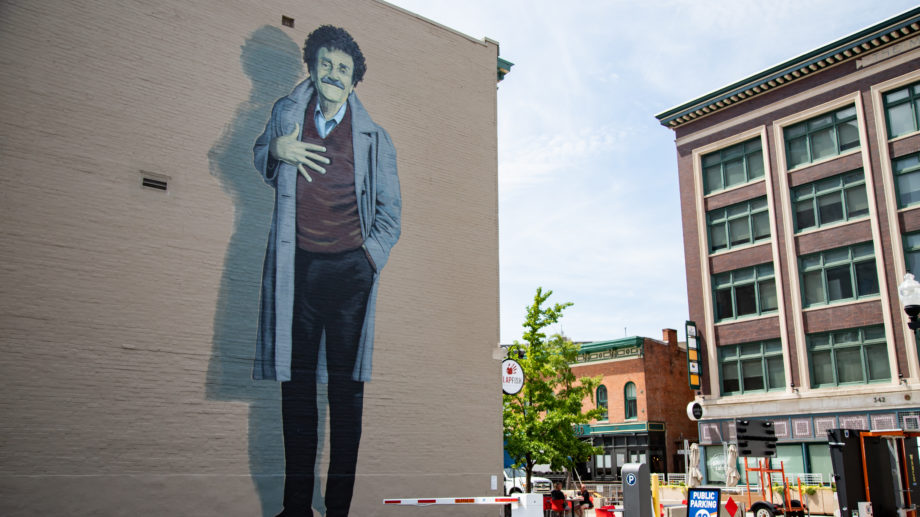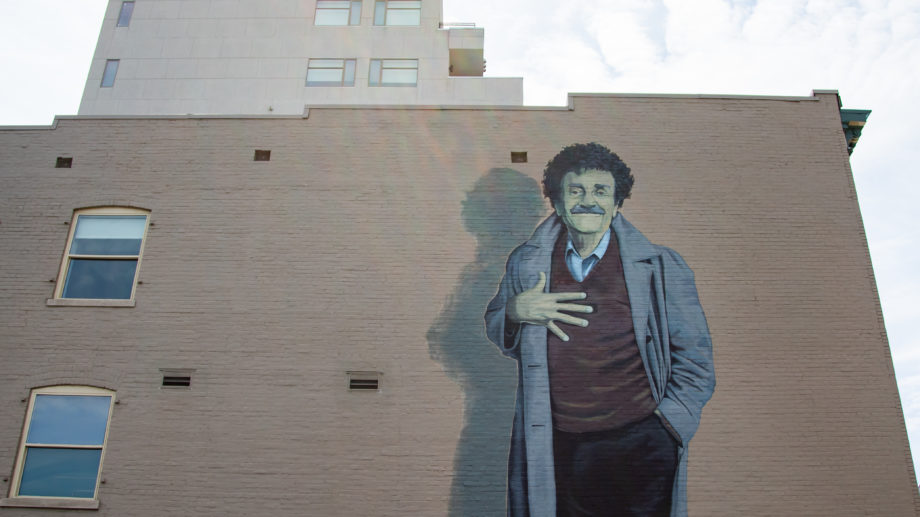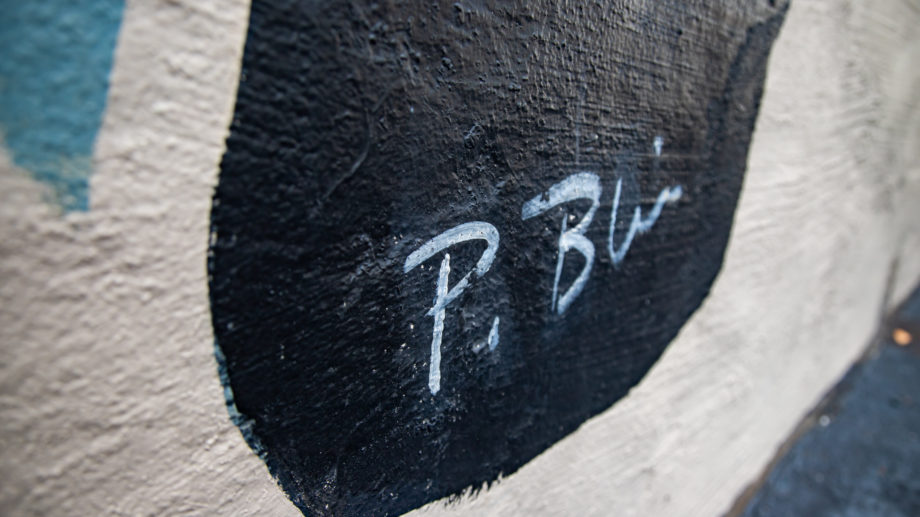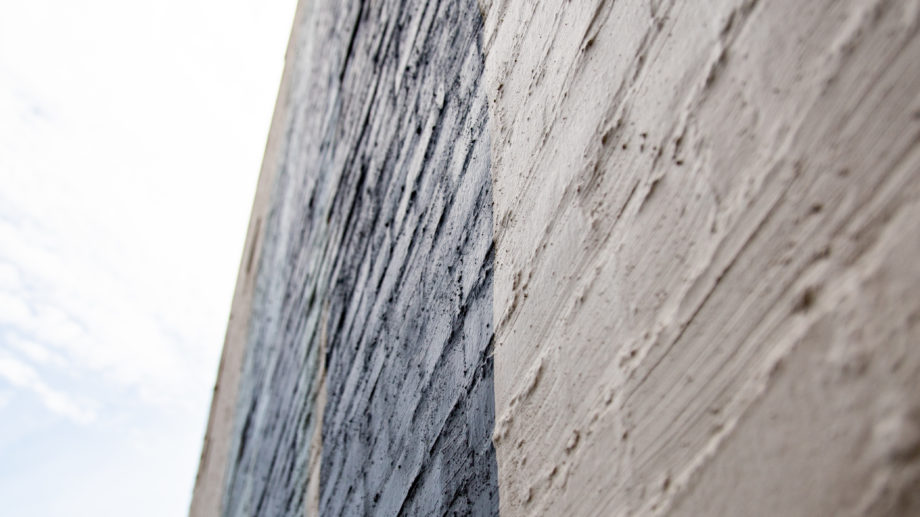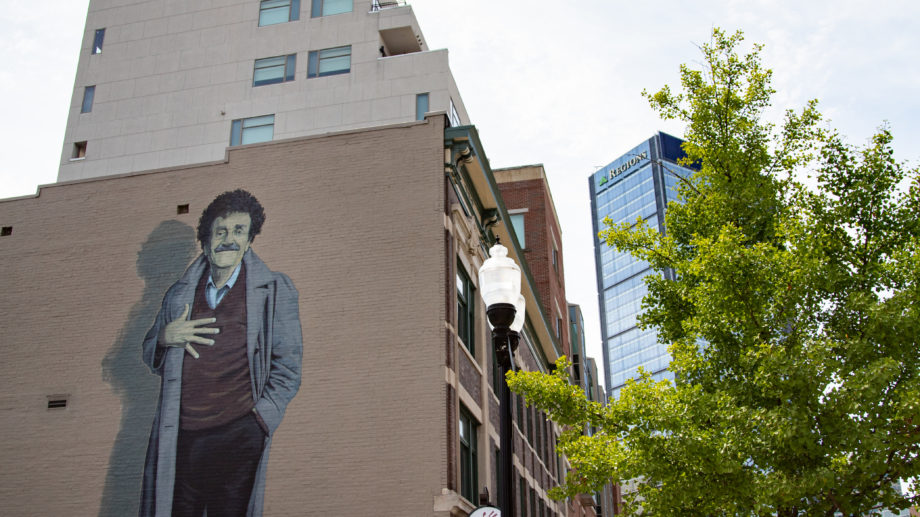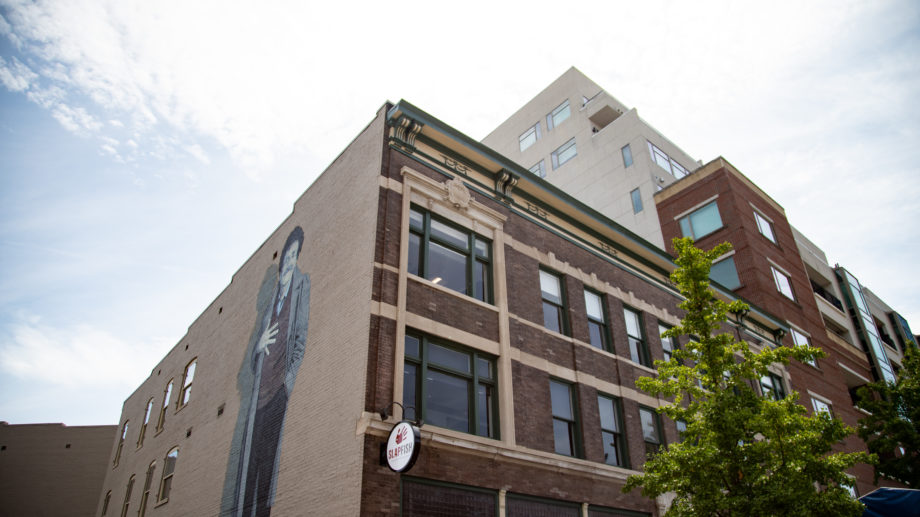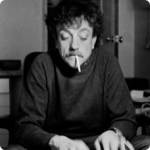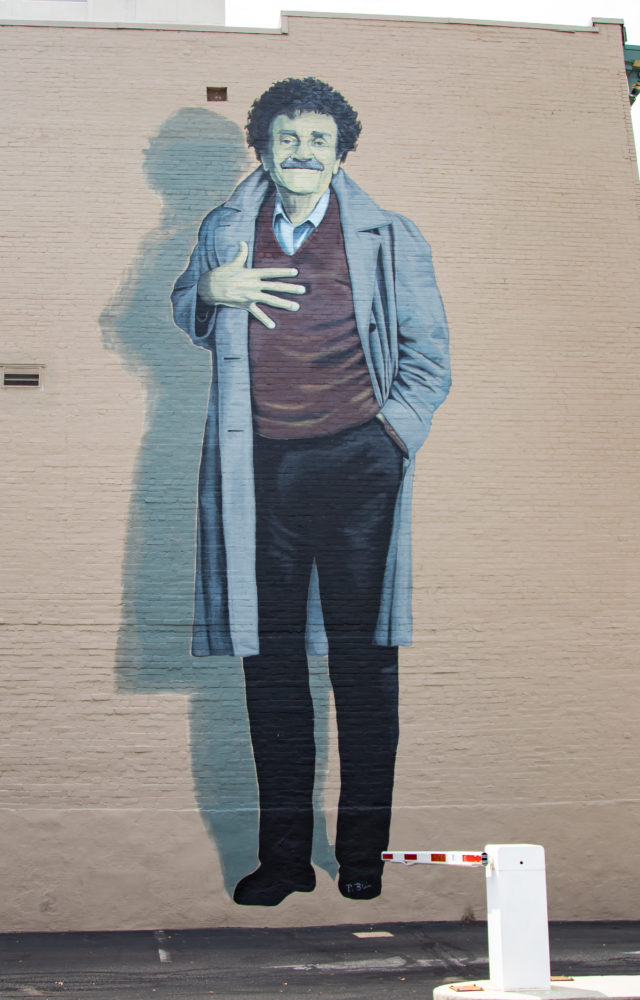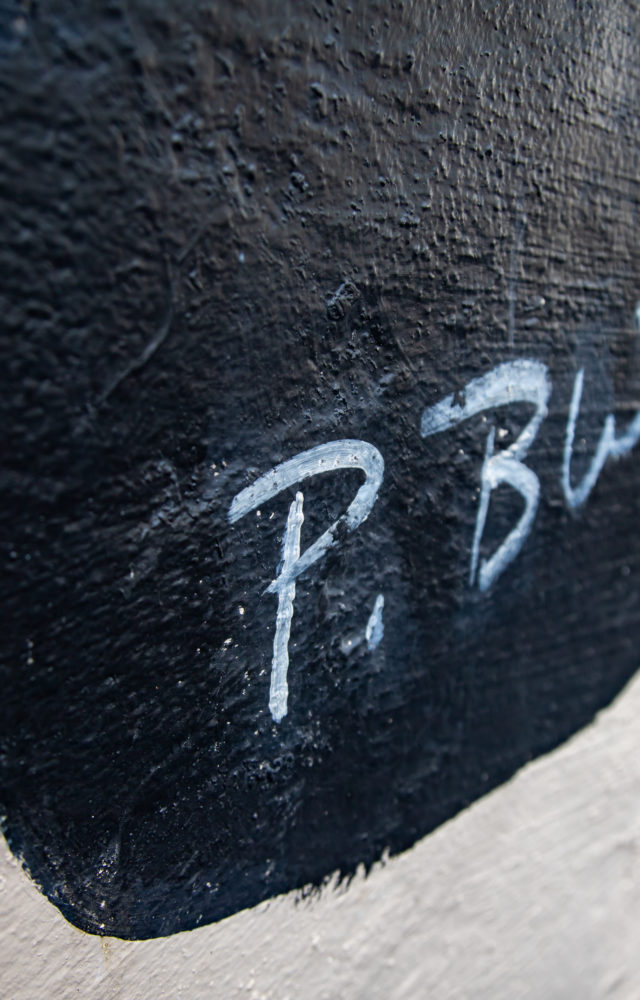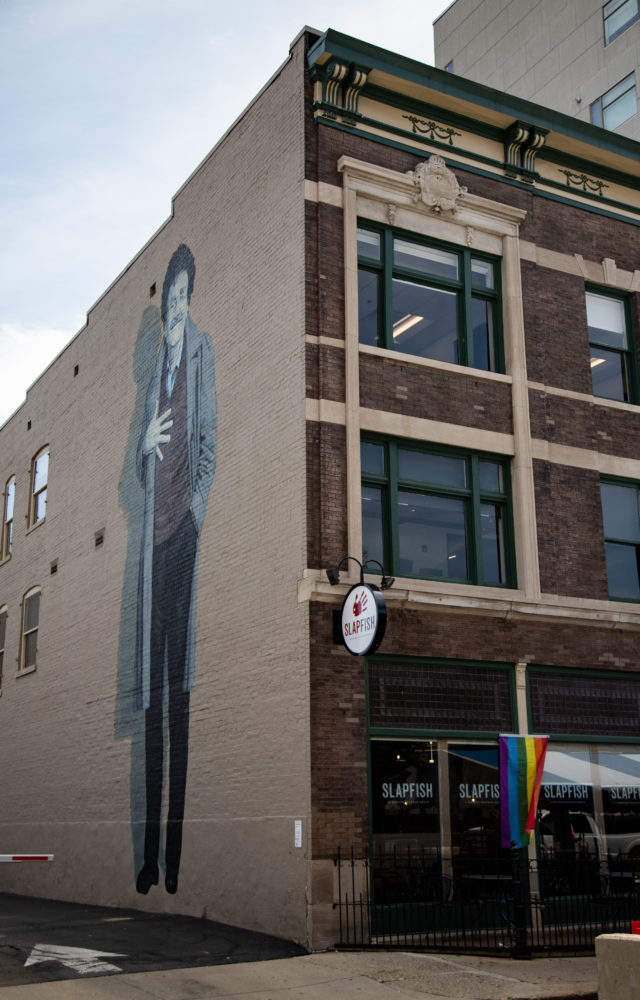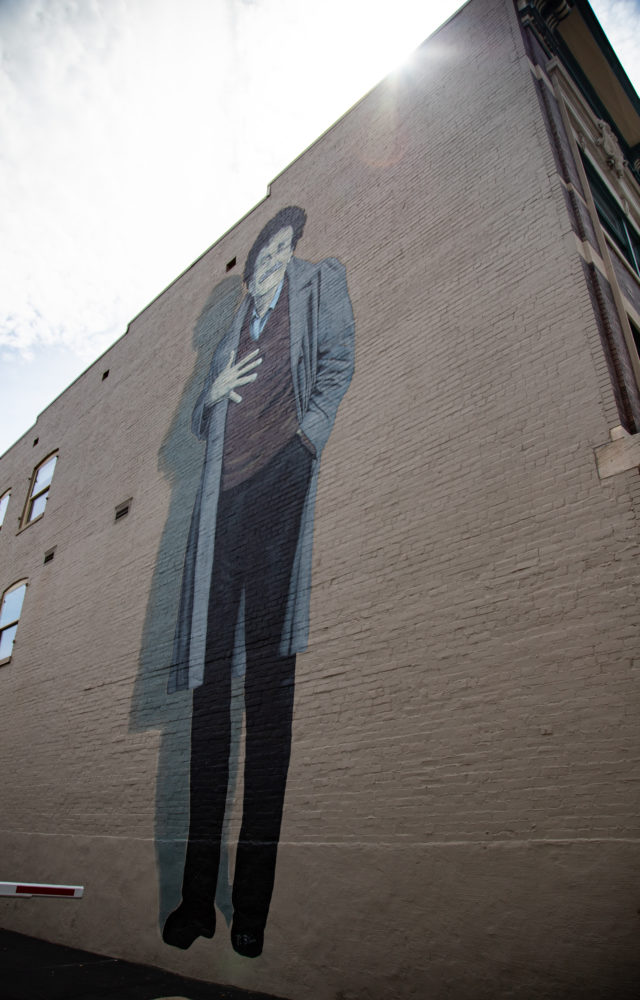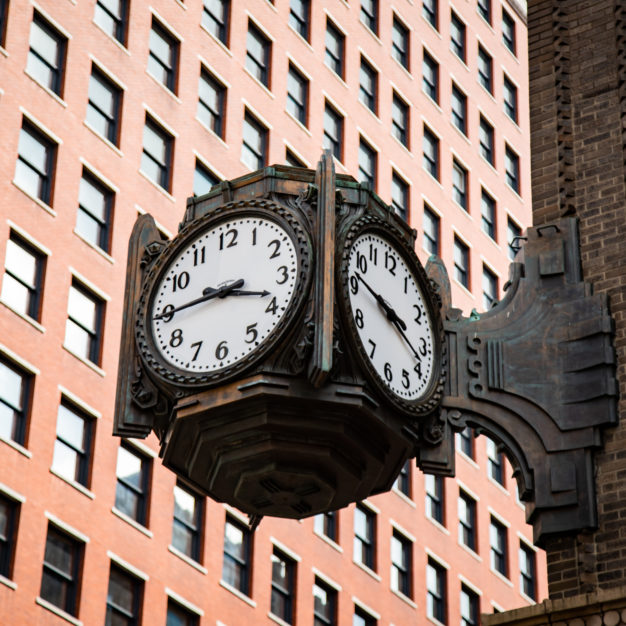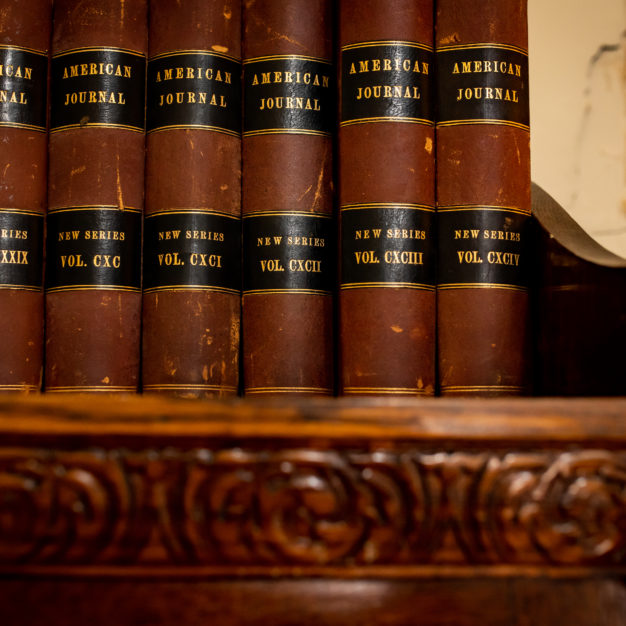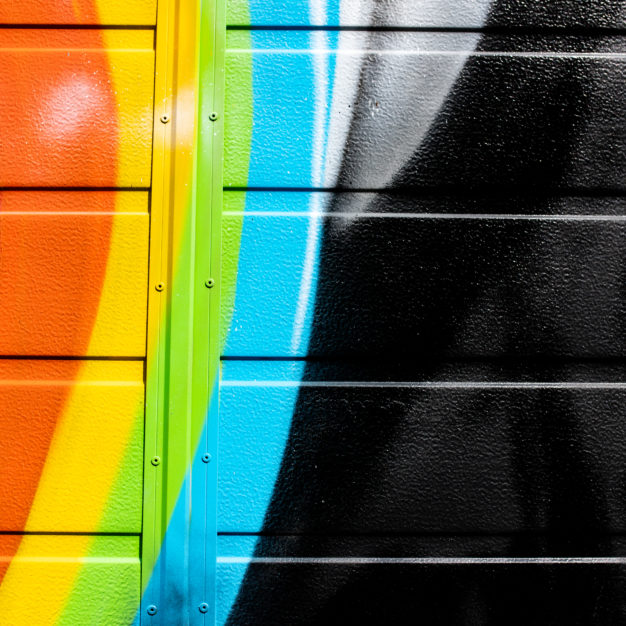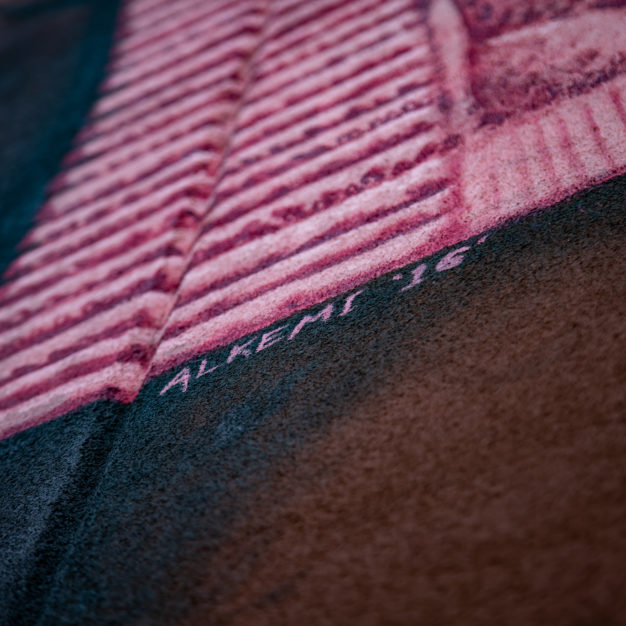Kurt Vonnegut Mural39.772000, -86.152941
Artist Pamela Bliss painted the Kurt Vonnegut mural as part of the Arts Council of Indianapolis’s 46 for XLVI mural initiative, a program designed and implemented when the city hosted the Super Bowl in 2012.
Author
Kurt Vonnegut
b. 1922 – d. 2007
Literary Inspiration
Marian McFadden Memorial Lecture
Delivered 1986
NOTES
Dig
Deeper
kurt vonnegut mural
345 Massachusetts Avenue
Indianapolis, IN 46204
Closest IndyGo Stop:
Delaware Street & New York Street (Routes 2, 3, 4, 5, 10, 38)
How to Plan a Trip on IndyGo:
- Use the Trip Planner on IndyGo.net
- Use Google Maps (select “transit” as your travel method)
- Call IndyGo Customer Service at 317-635-3344
- Track your bus using the MyStop Mobile App
Learn more about Kurt Vonnegut at the Kurt Vonnegut Museum and Library.
Here is a link to a post on artist Lance Miccio’s Facebook page, which shows a collection of his paintings that were inspired by Kurt Vonnegut’s novel Slaughterhouse-Five. The College of Charleston exhibited the collection this past February and March. Vonnegut himself said that “any work of art is one half of a conversation between two human beings,” and Miccio answered Vonnegut’s art with his own.
Check out one of Vonnegut’s unique signatures, which he often adorned with a cartoon self-portrait complete with a comb-shaped mustache and a cigarette. We can’t help but wonder what his driver’s license looked like!
In this letter that Vonnegut wrote to students attending Xavier High School in New York City. The students had written Vonnegut asking him to speak at their school, and although he explained that he was no longer making public appearances, he offered the students and their teacher a lesson about growing one’s soul, framed in his distinctly wise, humanity-embracing style.
This New Yorker article showcases 10 of Vonnegut’s drawings, which he described as being his escape from writing. A self-proclaimed doodler, Vonnegut believed that “practicing an art, no matter how well or badly, is a way to make your soul grow.

